| Travellers carrying the spirit of exploration devour
the travel guides before visiting a location. Luckily, it is easy for
them to find travel guides with catchy titles such as "Best of
Rome", "Must-see-places-in-Istanbul" in the bookstores.
I prefer to call these travellers as space travellers, these
travellers visit different (x,y,z) coordinates of earth and eventually
come back to their origin, which is their home.
Students studying science and engineering are also travellers. (I am
not talking about the ones wandering in the classroom.) Students sit
in a classroom or in a laboratory and get exposed to several decades
or centuries of scientific work at every lecture. It is as if, with
the guidance of instructors, students visit the academic topics of concern
to, say Newton living in 1750's or Maxwell living 1850's day-after day,
lecture-after-lecture until graduation. It is interesting that the physical
coordinates of the student stays put, but his or her mind travels through
several centuries during each one-hour lecture time. Let's call travellers
whose mind navigate back and forth between centuries as time-travellers.
Keeping it brief, the following is the travel guide for the undergraduate
students of our department.
1. Before/After Calculus
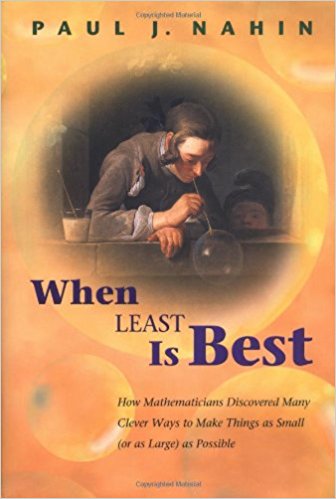 |
When Least Is Best: How Mathematicians Discovered Many
Clever Ways to Make Things as Small (or as Large) as Possible,
by Paul Nahin. link
Comments: This book shows the history of calculus
along with several worked out mathematical examples. Some examples,
such as the ones related with variational calculus, is beyond
the level of our undergraduate education. Yet, this book is
a highly recommended read for all students of calculus. (Book
should be available as a pdf file or can be purchased at a very
low price as a second-hand item from on-line bookstores.) |
2. Before/After Physics 105
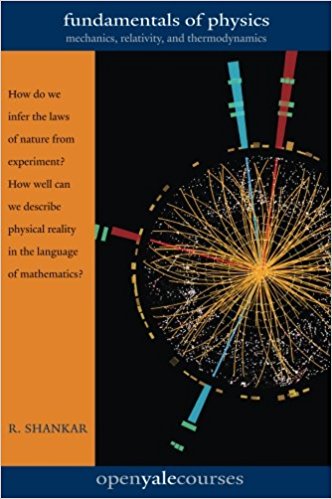 |
Fundamental of Physics – Mechanics, Relativity,
and Thermodynamics, by R. Shankar. link
Comments: This book is written to uncover
the physical concepts that are at times not-accessible by the
first-time readers of the topic. There are several textbooks
options for Physics 105 courses. This book is not a textbook,
on the contrary it can be taken as a leisure time reading. It
is full of insightful descriptions on basic physical concepts.
Also, this book is compiled from the lectures of the author.
You can watch the lectures from this playlist
while reading along.
|
3. Before/After Physics 106 or EMT courses (EE 224 and EE 303)
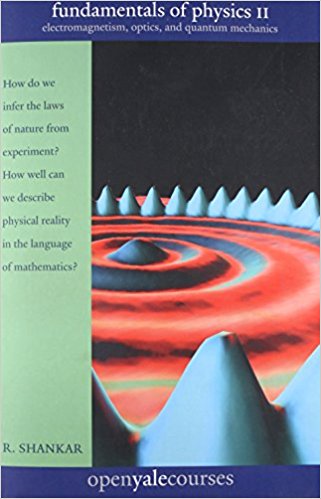 |
Fundamentals of Physics II: Electromagnetism, Optics,
and Quantum Mechanics, by R. Shankar. link
Comments: This book is the continuation of
the earlier one. Topics of this book is of course closely related
to the topics covered in our undergraduate EMT courses. Book
covers a great variety of EMT topics, some of which is introduced
at graduate levels in our department (gauge theories and other
advanced topics). Again, there is a playlist to watch and learn
directly from the author, playlist.
(Available in the METU
Bookstore!)
|
4. Physics Reading (at the level of Physics 105 and 106)
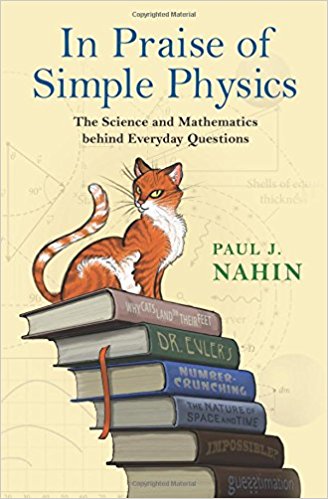 |
In Praise of Simple Physics: The Science and Mathematics
behind Everyday Questions, by P. Nahin. link
Comments: Another Nahin book that you may
enjoy. This book shows how to handle some everyday physics problems.
For example, whether the stacked books shown on the cover of
the book will topple or not is a every day problem. Problem
becomes more interesting if you put a cup of coffee on top of
the books!
|
5. Before/After First Signal Processing Course (EE 301)
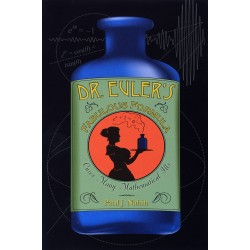 |
Dr. Euler's Fabulous Formula: Cures Many Mathematical
Ills, by P. Nahin. link
Comments: Yet another Nahin book that you
may enjoy. This book covers all the critical issues of signal
processing area as delta function, impulse trains, Fourier Series
etc. It is indeed a very valuable book for all signal processing
students and also professionals. (Available in the METU
Bookstore!)
|
6. After First Probability Course (EE 230)
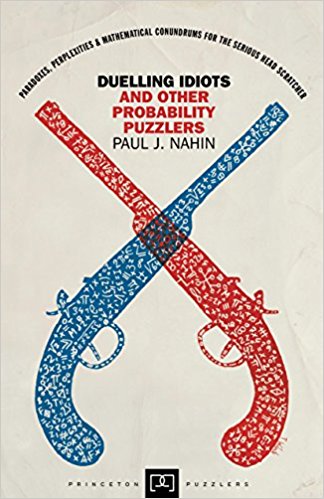 |
Duelling Idiots and Other Probability Puzzlers,
by P. Nahin. link
Comments: Nahin shows how to apply your EE
230 knowledge to some practical probability problems. Probability
theory is difficult to fully grasp. This stems from its abstract
nature and also lack of its frequent usage in everyday problems.
(Book should be available as a pdf file or can be purchased
at a very low price as a second-hand item from on-line bookstores.)
|
7. General Reading on Complex Variables (Intro to Complex Calculus)
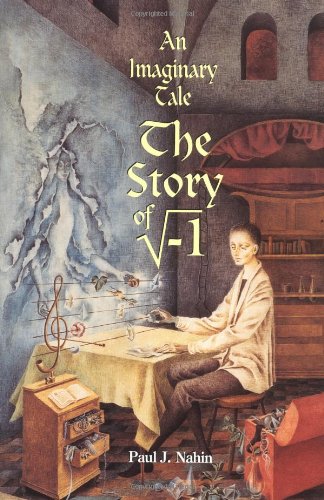 |
An Imaginary Tale: The Story of sqrt of -1,
by P. Nahin. link
Comments: Nahin never surprises, one more
Nahin book that you may enjoy. This book discusses the history
of complex numbers which are vital to everyday calculations
in all fields of electrical engineering. Older generation of
our BS graduates (who are around 40+ years old, i.e graduates
before 2000) were taking a mandatory course on complex variables
introducing not only the complex valued arithmetic but also
the calculus, which is differentiation, integration, series
expansion with complex valued functions. Readers of this book
can also see some topics of this old course.
|
|






